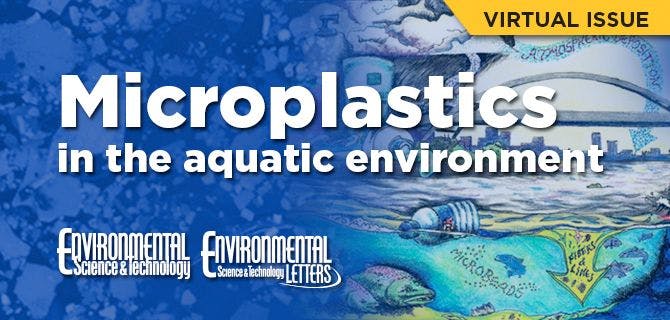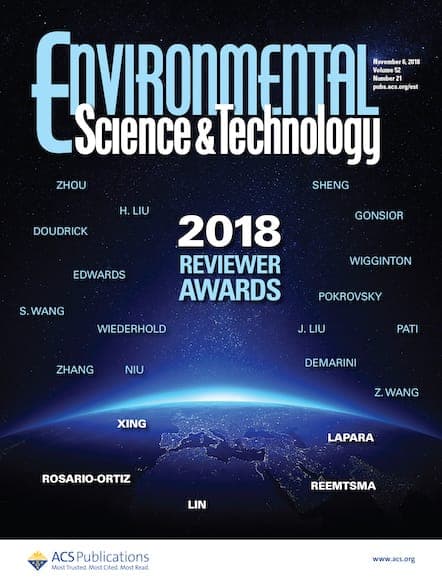Microplastics are our newest emerging contaminant. Although scientists have expressed concerns about the impacts of plastic pollution for over four decades, microplastics did not become emerging contaminants until 2007. The issue gained momentum about five years later when researchers reported the presence of microbeads from consumer products in wastewater effluent-receiving waters. Facing negative publicity for a […]

Microplastics are our newest emerging contaminant. Although scientists have expressed concerns about the impacts of plastic pollution for over four decades, microplastics did not become emerging contaminants until 2007. The issue gained momentum about five years later when researchers reported the presence of microbeads from consumer products in wastewater effluent-receiving waters. Facing negative publicity for a nonessential ingredient, leading manufacturers voluntarily eliminated microbeads and accepted the decision to ban them in the United States in 2015. Now that we are into the second wave of research that will determine whether or not the remaining sources of microplastics will be controlled, it is worth considering lessons learned from other emerging contaminants. Lessons learned from these areas of research will help to increase awareness as we learn more about how microplastics affect our world.
Extensive research has been conducted to understand the occurrence and fate of microplastics in the environment, especially in aquatic environments. Environmental Science & Technology and Environmental Science & Technology Letters have organized a virtual issue highlighting recent articles related to microplastics in aquatic environments
